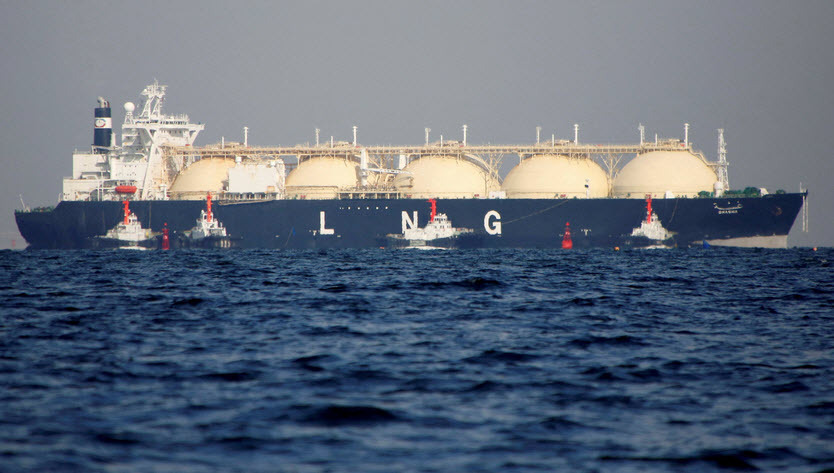
Liquefied natural gas (LNG) is natural gas that has been cooled to a liquid state, at minus 260 degrees Fahrenheit, for ease of storage or transport. This process reduces the volume of the gas by about 600 times, making it more convenient to store and transport over long distances. Once it reaches its destination, the LNG is heated and returned to its gaseous state, where it can be distributed through pipelines for use as a fuel for power generation, heating, and other industrial and commercial applications. The process of liquefying natural gas is known as liquefaction, and the process of returning it to its gaseous state is known as regasification.
As of 2021, the main exporters of liquefied natural gas (LNG) are:
Qatar: With the largest LNG production capacity in the world, Qatar is the largest exporter of LNG, accounting for about 30% of global LNG exports.
Australia: With several major LNG projects coming online in recent years, Australia has become the second-largest exporter of LNG, accounting for about 20% of global LNG exports.
Malaysia: With a growing LNG production capacity, Malaysia is the third-largest exporter of LNG, accounting for about 10% of global LNG exports.
United States: The United States is a growing LNG supplier with an ongoing pipeline of new projects coming to market. It accounts for about 10% of global exports.
Russia: Russia has a growing LNG production capacity and is becoming an increasingly important player in the global LNG market, accounting for about 5% of global LNG exports.
Indonesia: Indonesia has a significant LNG production capacity and is a major exporter of LNG, accounting for about 5% of global LNG exports.
It's worth noting that the LNG market is dynamic and these figures could change over time. In addition, other countries that are significant exporters of LNG include: Nigeria, Algeria, Trinidad and Tobago, and Norway.
The main importers of LNG are Japan, China and Europe. The benchmark price for Asian gas is Japan Korea Marker (JKM) and the benchmark for Europe is TTF (Dutch Tile Transfer Facility).
Turning natural gas into LNG generally greatly increases the value and the countries with vast natural gas supplies have been scrambling to build export facilities since the late 1990s. Those efforts were redoubled at the beginning of the Ukraine war.







